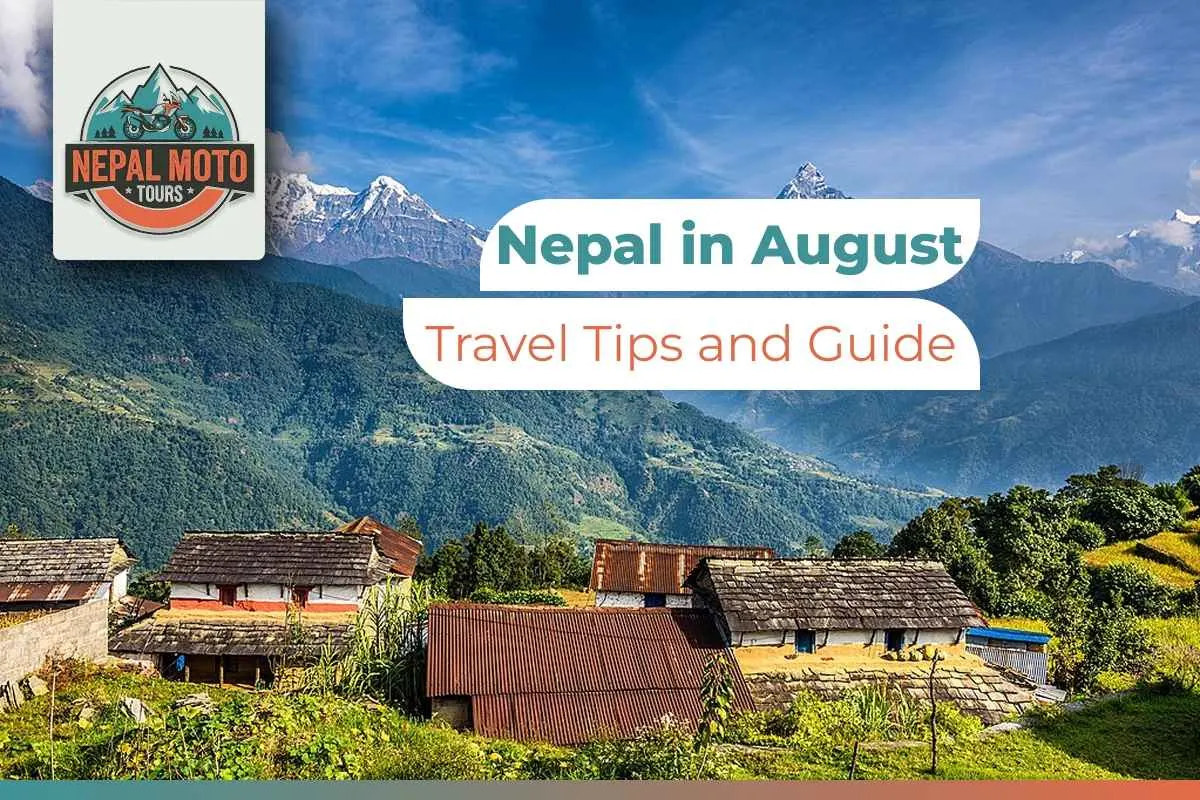Getting a SIM card in Nepal is one of the first steps to ensuring smooth communication and reliable internet access during your stay. Whether you are a tourist, an expatriate, or a local, having a local SIM card can significantly enhance your travel experience and connectivity.
Nepal’s mobile network industry is dominated by two key service providers: Nepal Telecom (NTC) and Ncell. Both offer extensive coverage, competitive plans, and a variety of services. Having the right SIM card ensures you can stay connected for both personal and professional needs without hassle.
In this blog, you will learn how to get SIM cards in Nepal with in-depth knowledge about their types, legal procedures, benefits and many more.
How to get SIM cards in Nepal?
To get a SIM card in Nepal, visit an authorized vendor (NTC, Ncell, or airport counters) with proper documentation > complete biometric verification > pay the required fees and start using them. Choose prepaid, postpaid, or eSIM options, then activate your SIM via USSD or app.
Here is a step-by-step guide to help you navigate through it:
Step 1: You can buy from an authorized vendor such as a local authorized agent or network provider store (NTC or Ncell) or airport counters.
Step 2: Follow all the necessary steps and provide the necessary documentation.
Step 3: Put in the right details when filling out the registration form.
Step 4: You can sign up for a prepaid, postpaid, or eSIM option.
Step 5: Complete your Biometric verification (fingerprints and photo)
Step 6: Pay the necessary fees and collect your SIM card.
Step 7: Insert your SIM in your device and activate the SIM with a basic USSD code or an app-based activation.
What are the types of SIM cards available in Nepal?
Three types of SIM cards are available in Nepal. Users can choose from the main types of SIM cards (prepaid, postpaid, and eSIM), each catering to different needs and preferences. Understanding each type will help you select the best option for you.
By figuring out the pros and cons of each type, you will know the most suitable option.
1. Prepaid SIM cards
Prepaid SIM is a mobile plan where you pay for your service in advance. Prepaid plans give you more control over your spending and eliminate the risk of surprise bills. You can add only what you need, whether that's more data, talk time, or SMS. However, you need to top up to maintain usage if you run out.
Pros of using prepaid SIM cards in Nepal
Many benefits come with subscribing to Prepaid SIM cards. Some of them are given below:
- Perfect for people who may use it just for the short term or someone like a tourist.
- No long-term commitment.
- Variation for your need and budget to top up.
- Widely used and available easily throughout Nepal.
Cons of using prepaid SIM cards in Nepal
Although having many highlighting features there are some drawbacks as well. Here are some of the drawbacks of using Prepaid SIM cards:
- More expensive per unit of usage than plans for postpaid.
- Limited credit if not recharged frequently means that services may be interrupted
2. Postpaid SIM Cards
Postpaid SIM is a mobile plan where you pay for your service at the end of the billing cycle, usually monthly. Postpaid plans are convenient because you don't need to repurchase a plan each month. You can continue to use the service even after you've reached your limit, and any additional usage will be added to your next bill.
Pros of using postpaid SIM cards in Nepal
Postpaid SIM cards are for those who use cellular calls more often. Some extra benefits that postpaid users get are listed below:
- Perfect for people who regularly use cellular calls a lot and who find it hard to pay for calls frequently.
- However, it usually includes additional benefits like international roaming and bigger data packages.
- Requires very few recharges.
Cons of using postpaid SIM cards in Nepal
Having benefits doesn't mean there aren’t any drawbacks. Some drawbacks of using postpaid SIM cards are as follows:
- They require credit checks or a security deposit, which isn’t a hassle for short-term visitors.
- Bills have to be paid in the same month to avoid service interruptions.
3. eSIMs
An eSIM is a SIM card that can be used with handsets that support eSIM. You can get an eSIM when you apply for a new postpaid or prepaid plan. To activate an eSIM, you have to fill out the form and then wait for the provider to send a QR. By scanning the QR using your phone you can activate your eSIM. Pros of using eSIM cards in Nepal
Pros of using eSIM cards in Nepal
The concept of eSIM is to provide users with a hassle-free experience. Along with it, other benefits of eSIM are:
- Does not require the physical handling of a card and is easy to activate.
- Perfect for a new generation of products supporting eSIM technology.
- No worry that the SIM card will get lost or damaged.
Cons of using eSIM cards in Nepal
However, eSIMs in Nepal come with many difficulties. Some of them are:
- There are only a few providers providing this service in Nepal and hence the availability is very limited.
- Compatible devices may not be available to every user.
Major mobile network provider in Nepal
In Nepal, the telecommunications landscape is divided into two main companies: Nepal Telecom (NTC) and Ncell. Each has a unique benefit based on how you decide to use it. Do you value flexibility, convenience, or high tech? No matter what, Nepal’s SIM card options have something that will cater to all your needs.
Here are 2 major mobile network providers in Nepal:
1. NTC
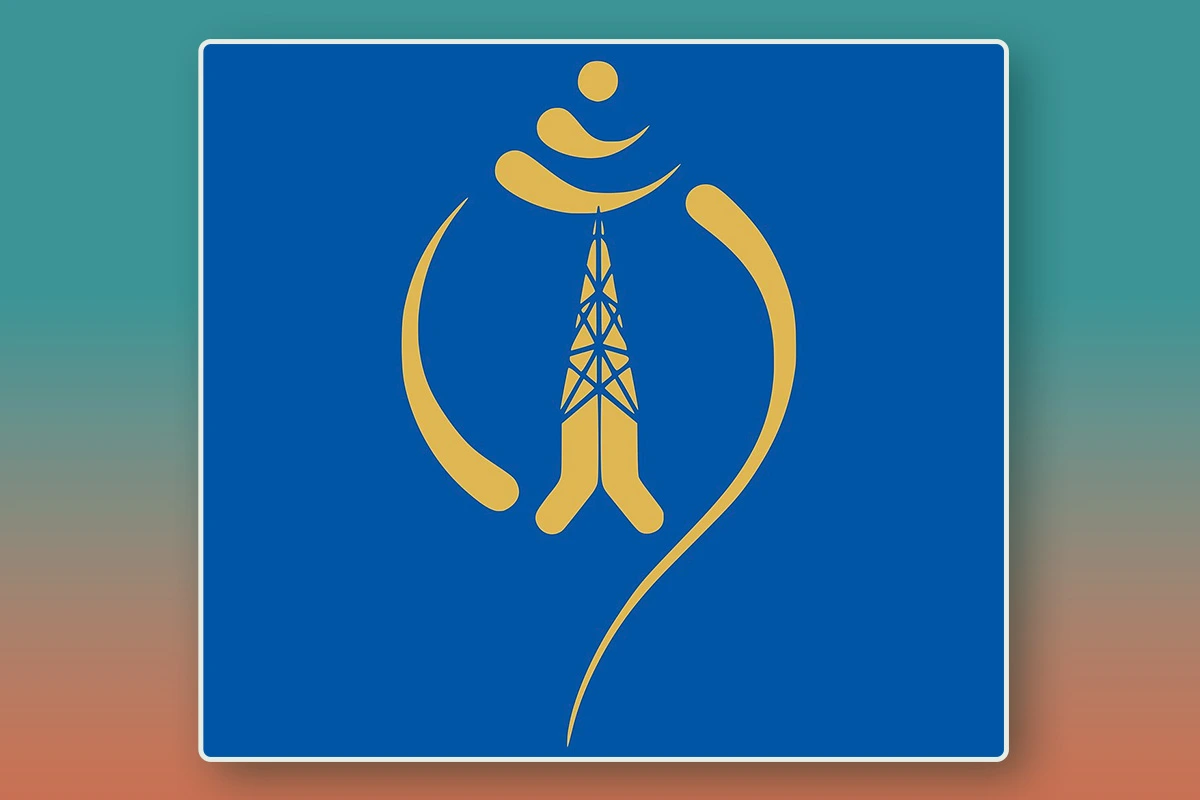
Nepal Telecom is a government-owned provider and is known for its extensive network coverage, even in remote and mountainous regions. Offering reliable services at affordable rates, NTC is a top choice for travellers exploring rural Nepal, with tailored tourist SIM plans to ensure seamless connectivity.
Some of its features are as follows:
- They are the largest government-owned network provider in Nepal with massive coverage, even in remote areas such as the Himalayas.
- It offers competitive pricing on voice calls, data packages, as well as international calling plans.
- It is known for its reliability and network stability, particularly in rural and inaccessible places.
- It offers special packages to tourists with short-term booking facilities at nominal rates.
2. Ncell
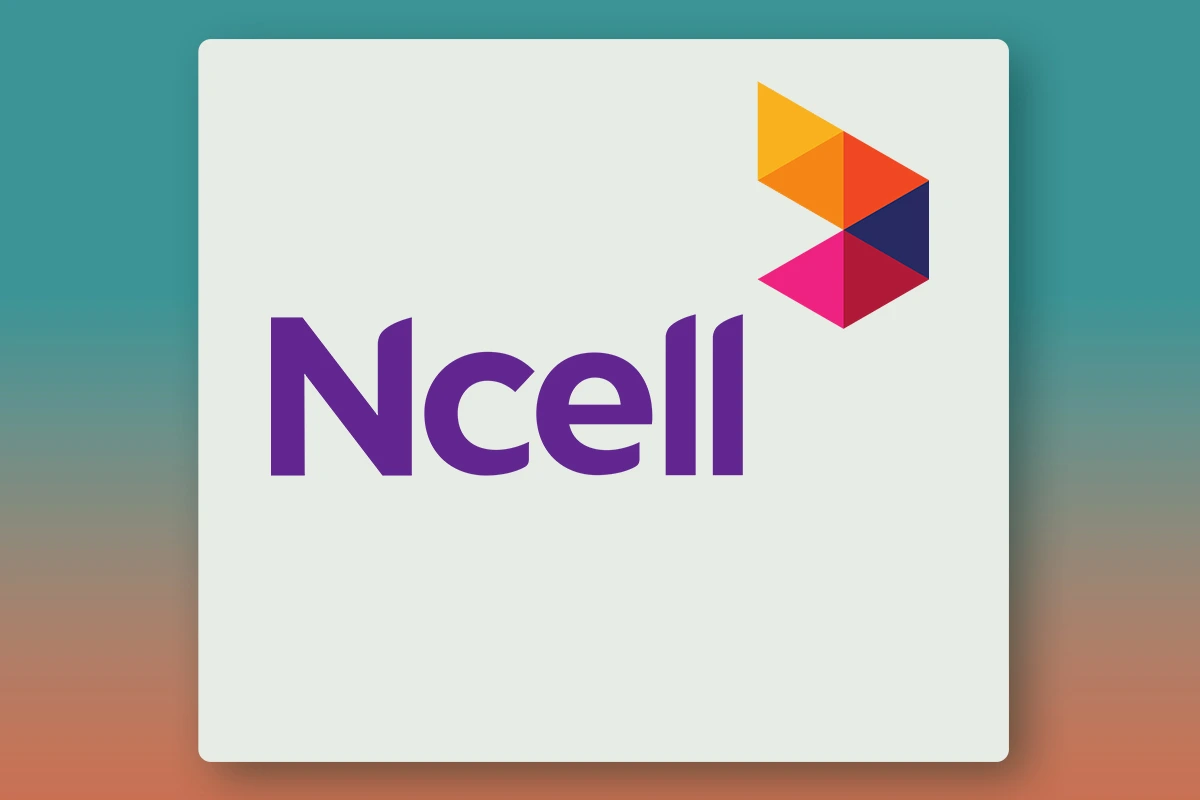
Ncell is a leading private provider that excels in urban areas with fast 4G connectivity and innovative services. Its affordable data and call packages, combined with strong customer support, make it ideal for users prioritizing speed and convenience in city regions
Some of its features are as follows:
- A leading private telecommunication provider characterized by innovation and high-speed data services.
- It focuses on urban and semi-urban areas and gives very good internet as well as good customer service.
- Bundled with data and call services, it provides attractive packages for tourists and residents.
- Faster browsing speeds in key locations on 4G connectivity.
Where to buy SIM cards in Nepal?
Purchasing a SIM card from authorized sellers ensures authenticity and a smoother activation process, helping you avoid potential scams. SIM cards in Nepal are accessible through various convenient locations, ensuring that users can get connected quickly.
Some of the places you can buy SIM cards in Nepal are as follows:
- At the airport: Convenient for travellers who wish to get connected immediately upon arrival. Look for official kiosks of NTC or Ncell.
- Mobile network provider stores: Visit official NTC or Ncell outlets for authentic SIM cards and reliable service.
- Authorized agents and shops: Widely available in cities and towns, offering flexibility in purchasing a SIM card.
What are the required documents for buying a SIM card?
Ensuring you have the required documents ready will streamline the process and allow for quick registration and activation of your SIM card. With proper preparation, you can avoid unnecessary delays and start using your SIM card without any hassles.
To buy a SIM card in Nepal, you need to present the following documentation:
- A valid passport for identification purposes.
- A visa or entry stamp as proof of legal entry into Nepal.
- A passport-sized photograph for official records.
Why is getting SIM card in Nepal important?
With affordable local communication options, reliable internet access, and easy ways to navigate and transact, a SIM card becomes an essential part of your journey in Nepal. Having a SIM card in Nepal provides several key benefits that enhance your travel or stay.
They are:
- Affordable communication: In terms of budget calls and SMS service, local calls are cheaper than roaming internationally.
- Reliable internet access: You can stay connected for work, social media, and navigation with high-speed data on KGT.
- Seamless local communication: It is easy to reach out to local services, guides, or friends.
- Online transactions: You can conveniently use mobile banking or mobile payment apps.
- Emergency accessibility: Be able to reach for help in quick time during emergencies or in unforeseen situations.
Top Tips for using SIM cards in Nepal
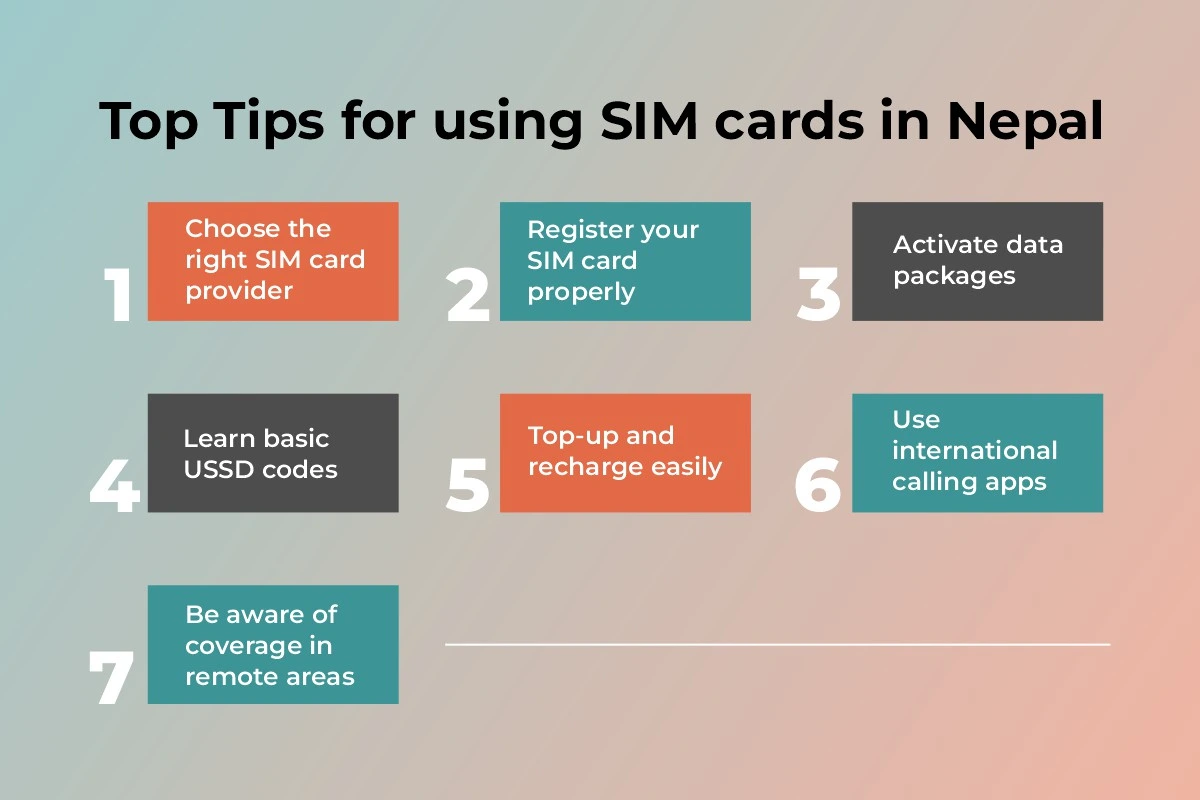
Making the most of your SIM card in Nepal requires more than just purchasing and activating it. By following these practical tips, you can ensure smooth communication, cost-effective data usage, and a hassle-free experience throughout your stay.
Whether you're a tourist navigating new places or a local managing daily tasks, these guidelines will help you maximize your SIM card's potential
1. Choose the right SIM card provider
Choosing an appropriate provider like NTC or Ncell is important. If you plan to travel to remote areas think about network coverage and find out if there are affordable data and call packages. In rural connectivity, NTC is best, whereas Ncell provides fast internet in urban areas.
2. Register your SIM card properly
Avoiding service interruptions is essential: accurate registration is required. Check that what you have supplied during the application process is the same as, or different from, the identification documents you have provided. Proper registration is also fundamental as it keeps you within the local law and indents security of your account.
3. Activate data packages
To experience affordable advantage internet access, you need to activate data bundles from your internet service provider. These packages normally feature huge savings, usually lower than the pay-as-you-go rate, and are configured for instances that vary from temporary tourist wants to long-run heavy information use.
4. Learn basic USSD codes
Basic USSD codes like checking your balance, activating services, and purchasing data plan are examples of what you can save time and effort on understanding. These codes are easy to use and tell you quickly what your essential account information is.
Some of the most important USSD codes based on providers are as follows:
- Ncell balance check: Dial *901# or send a blank SMS to 90011.
- NTC balance check: Dial *400# or dial 1415 and listen.
5. Top-up and recharge easily
SIM card recharging is easy and you can do this yourself at local stores, or even through mobile apps or online. If you want to have uninterrupted service (calls, texts, data usage) you want to keep your account topped up.
To recharge on your own through the recharge cards here are the USSD codes that are required:
- Ncell recharge: Dial *102* followed by 16-digit recharge card pin no and press # then call. You can also SMS recharge PIN number to 90012.
- NTC recharge: Dial *412* followed by 15-digit recharge card pin no and press # then call. You can also dial 1415 from your phone and follow the instructions.
6. Use international calling apps
International calling apps like Skype, WhatsApp, and Viber offer affordable or free voice and video calls via the Internet, bypassing expensive international rates. They’re easy to use, support messaging, and work across devices, making global communication simple and budget-friendly.
7. Be aware of coverage in remote areas
NTC coverage is better at covering remote areas like the Himalayas however, it’s important to plan. If you’re traveling or trekking in less accessible areas make sure your SIM card provider provides coverage in these locations so you won’t get cut off from the outside world.
Conclusion
Getting a SIM card in Nepal is your gateway to seamless communication, navigation, and internet access. By understanding the types of SIM cards, major providers, and the simple purchase process.
If you are coming for motorcycle tours in Nepal, Carrying the required documents and following essential tips for hassle-free connectivity is advised. With the right preparation, you’ll stay connected and enjoy a worry-free experience from day one.
Whether you're exploring the vibrant cities or trekking the majestic Himalayas with Nepal Motor Tours, staying connected is crucial.
FAQs
How to register a SIM card in Nepal?
Submit your passport, visa, and photograph at the provider store for registration.
How to buy a SIM card in Nepal?
Visit an authorized store or retailer, submit documents, and complete the application process.
What do I need to apply for a SIM card?
You need a valid passport, visa or entry stamp, and a passport-sized photo.
Which SIM is better in Nepal?
NTC offers better rural coverage, while Ncell provides faster internet in urban areas.
Is eSIM available in Nepal?
Yes, but availability is limited and dependent on device compatibility.
What documents do I need to get a SIM card in Nepal?
A valid passport, visa or entry stamp, and a passport-sized photograph are mandatory.
How long does it take to activate a SIM card in Nepal?
It usually takes a few hours after submission and verification.


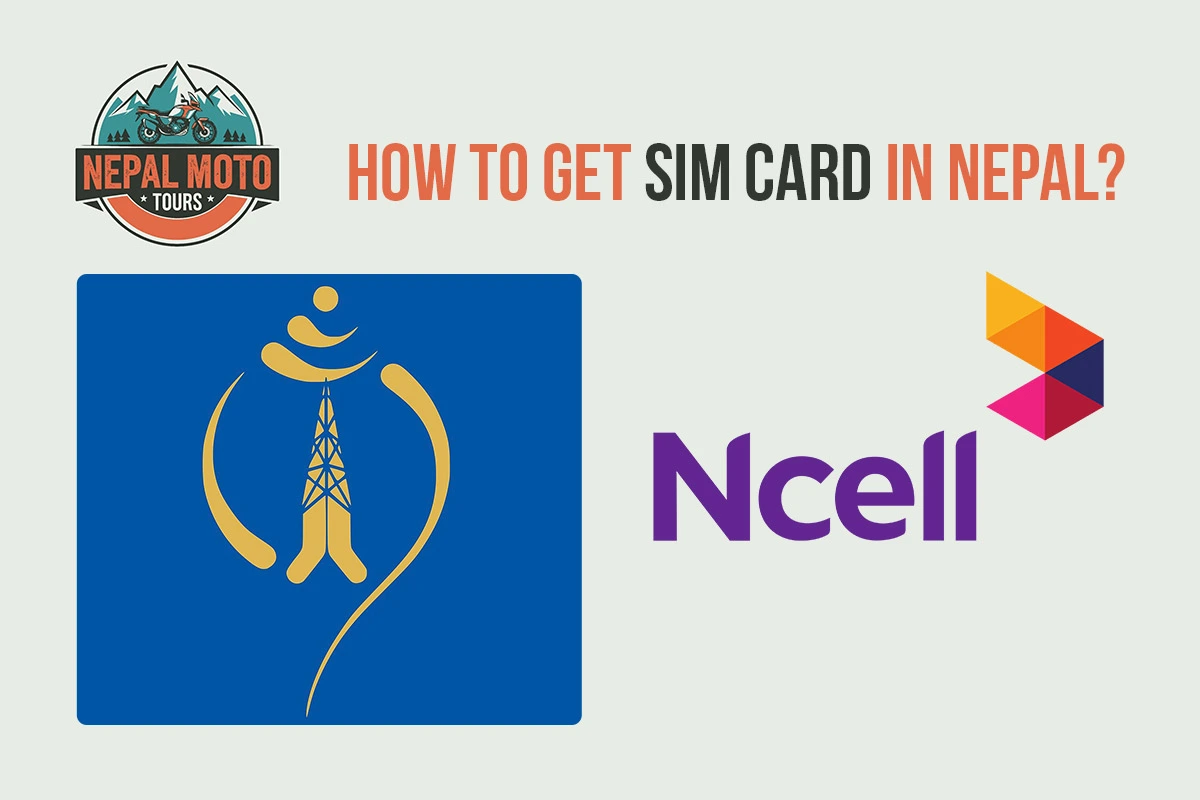


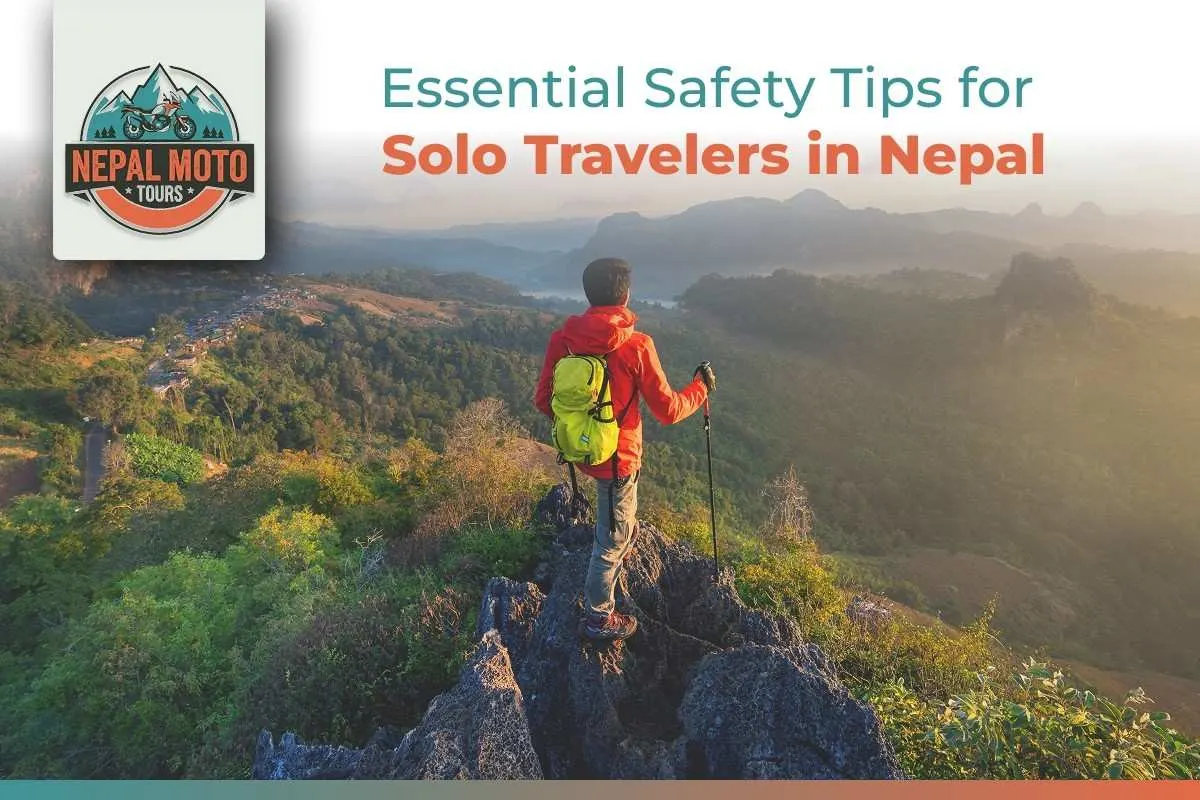
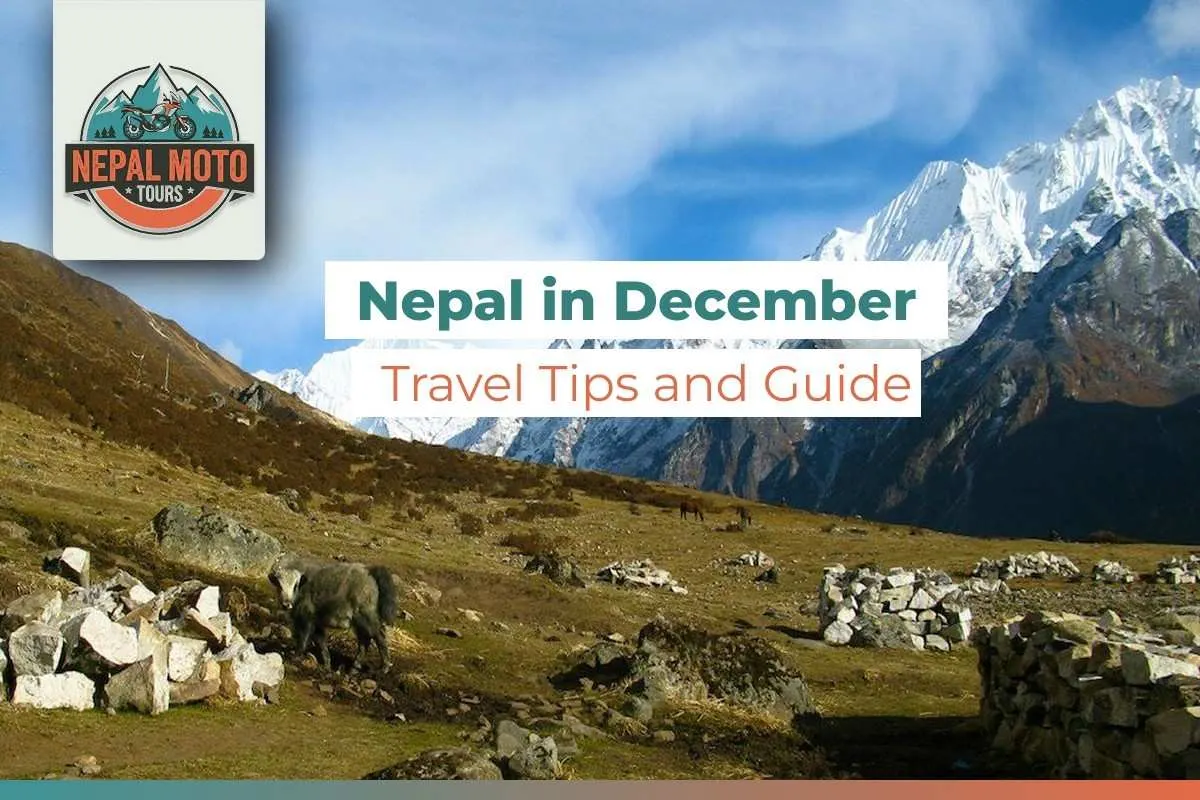
 Best places to visit in Nepal.jpg)
